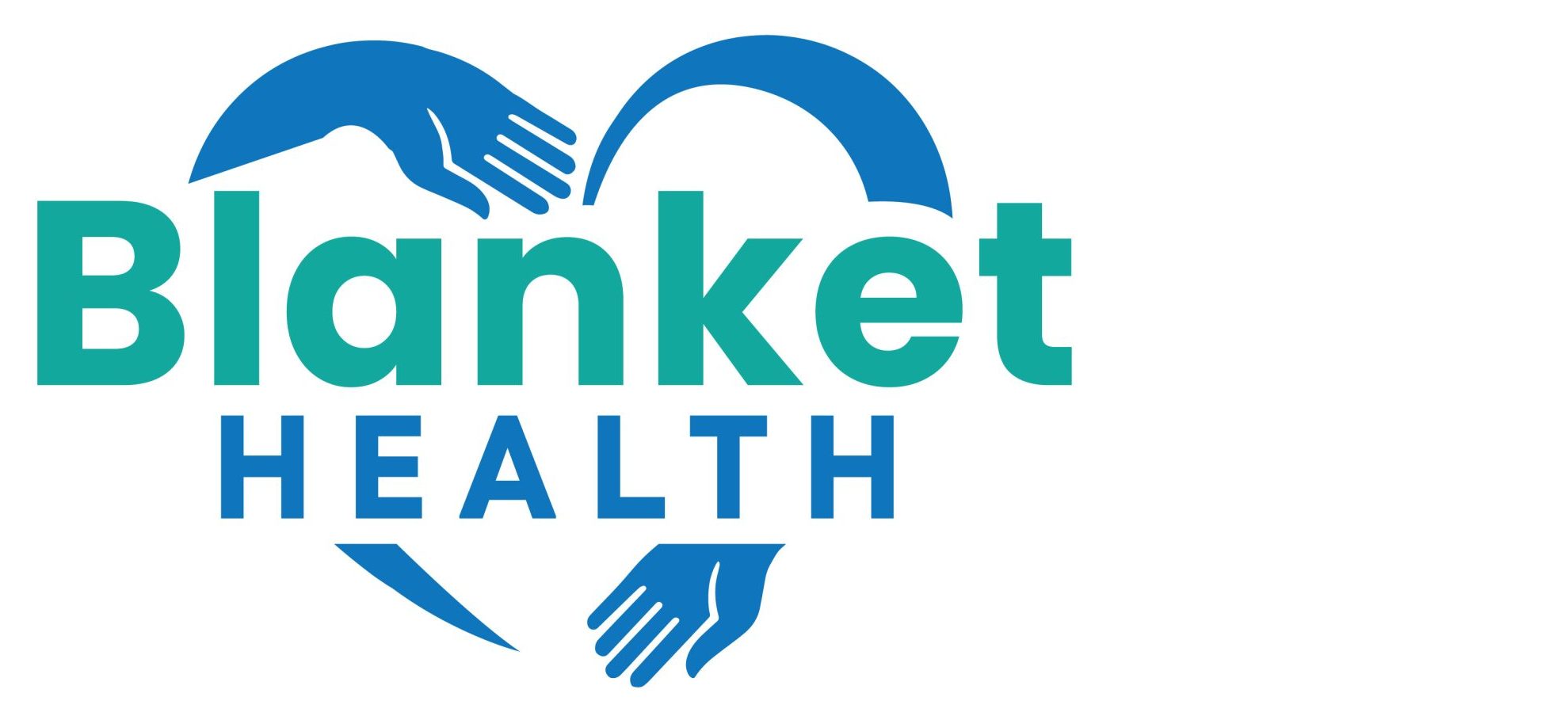Lung cancer is a formidable adversary, responsible for more cancer-related deaths worldwide than any other malignancy. However, there is a ray of hope in the form of lung cancer screening programs. These initiatives aim to detect lung cancer at its earliest, most treatable stages, potentially saving countless lives. In this article, we will delve into the importance of lung cancer screening, the individuals who benefit most from it, the screening process, and its potential impact on reducing lung cancer mortality rates.
I. Understanding Lung Cancer
A. The Prevalence of Lung Cancer
Lung cancer is a significant global health concern. According to the World Cancer Research Fund, lung cancer accounted for approximately 11.6% of all new cancer cases in 2020, making it the most common cancer worldwide. Sadly, it is also one of the deadliest, responsible for nearly 1 in 5 cancer-related deaths.
B. Risk Factors for Lung Cancer
Several factors increase an individual’s risk of developing lung cancer. Smoking is the leading cause, accounting for roughly 85% of all lung cancer cases. Exposure to secondhand smoke, occupational hazards like asbestos and radon, and a family history of lung cancer are also risk factors.
 II. The Importance of Early Detection
II. The Importance of Early Detection
A. The Impact of Early Detection
Early detection of lung cancer can significantly improve patient outcomes. When diagnosed at an early, localized stage, lung cancer is more likely to be curable through surgical resection or other treatments. Unfortunately, most lung cancer cases are diagnosed at an advanced stage when treatment options are limited and the prognosis is poor.
B. The Role of Lung Cancer Screening
Lung cancer screening is a proactive approach to detecting the disease in its infancy, potentially leading to earlier intervention and better survival rates. The primary goal is to identify lung cancer in high-risk individuals before symptoms emerge, as symptoms often do not appear until the disease has advanced.
III. Eligibility for Lung Cancer Screening
A. High-Risk Groups
Not everyone needs lung cancer screening, as the benefits are most pronounced for specific high-risk groups. The U.S. Preventive Services Task Force (USPSTF) recommends annual lung cancer screening with low-dose computed tomography (LDCT) for individuals who meet the following criteria:
- Age: Adults aged 50 to 80 years.
- Smoking History: A significant smoking history, defined as a 20-pack-year history (one pack a day for 20 years) or more.
- Current Smokers or Former Smokers: Current smokers or former smokers who have quit within the past 15 years.
B. Shared Decision-Making
Before undergoing lung cancer screening, individuals should engage in shared decision-making with their healthcare provider. This discussion involves assessing the potential benefits and risks of screening, considering individual health and preferences, and making an informed choice.
IV. The Lung Cancer Screening Process
A. Low-Dose Computed Tomography (LDCT)
LDCT is the preferred method for lung cancer screening. It involves the use of X-ray technology to create detailed cross-sectional images of the lungs. LDCT scans require lower radiation doses than traditional CT scans and can detect smaller nodules or abnormalities in the lungs.
B. Frequency of Screening
For eligible individuals, lung cancer screening with LDCT is typically performed annually. Regular screenings allow for the monitoring of lung health over time, which can be especially valuable for those with a history of smoking.
C. Follow-Up and Management
If a suspicious nodule or abnormality is detected during a lung cancer screening, further evaluation is necessary. This may involve additional imaging studies, such as PET scans, or more invasive procedures like a biopsy. Early diagnosis enables timely intervention and appropriate treatment planning.
V. The Potential Impact on Lung Cancer Mortality
A. Evidence of Effectiveness
Multiple studies, including the National Lung Screening Trial (NLST), have demonstrated that lung cancer screening with LDCT can reduce lung cancer mortality in high-risk individuals. The NLST, for instance, reported a 20% reduction in lung cancer-related deaths among those screened with LDCT compared to chest X-rays.
B. Challenges and Considerations
While lung cancer screening holds promise, it is not without challenges. There is the risk of false positives, which can lead to unnecessary invasive procedures and anxiety for patients. Additionally, not all lung cancers are detectable by screening, as some may develop between annual scans. Lung cancer screening represents a significant advancement in the fight against this deadly disease. By identifying lung cancer at its earliest stages, we can offer high-risk individuals the opportunity for early intervention and improved survival rates. However, it’s crucial to recognize that lung cancer screening is not a one-size-fits-all solution and requires careful consideration of individual risk factors and shared decision-making with healthcare providers. As research and technology continue to advance, lung cancer screening may play an increasingly pivotal role in reducing the burden of this devastating disease and offering hope to those at risk.



 II. The Importance of Early Detection
II. The Importance of Early Detection
 Lung cancer is often asymptomatic in its early stages, which is why early detection through screening is crucial. However, when symptoms do occur, they can vary widely and may resemble other respiratory or non-respiratory conditions. It’s essential to recognize potential warning signs and seek medical evaluation if you experience any of the following:
Lung cancer is often asymptomatic in its early stages, which is why early detection through screening is crucial. However, when symptoms do occur, they can vary widely and may resemble other respiratory or non-respiratory conditions. It’s essential to recognize potential warning signs and seek medical evaluation if you experience any of the following:
